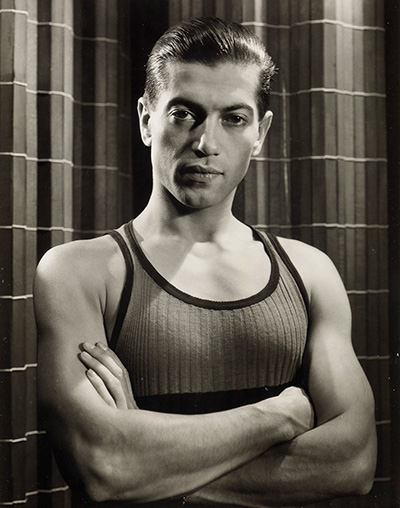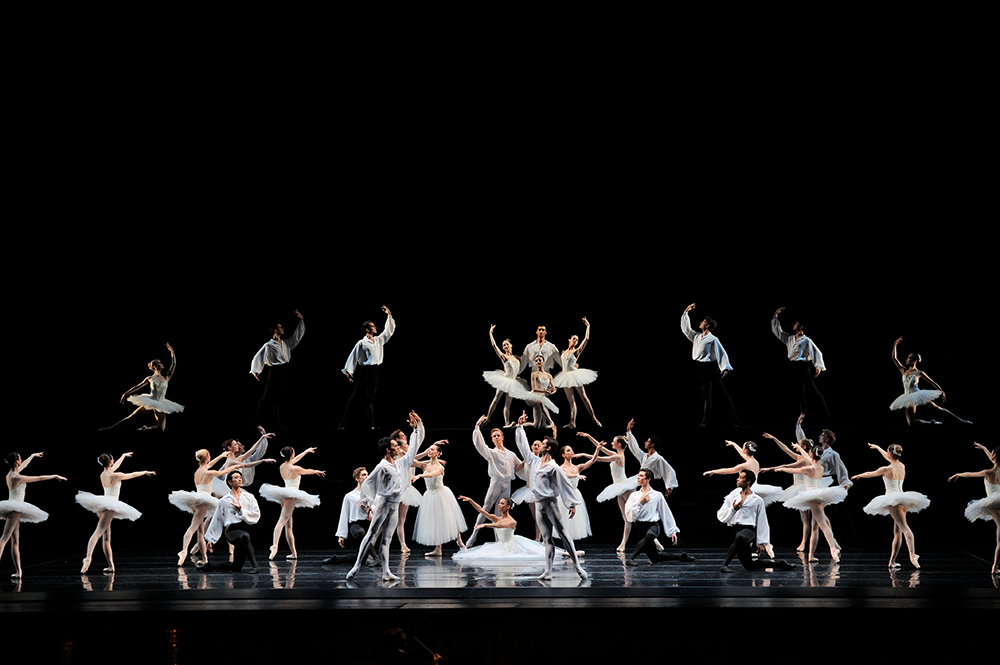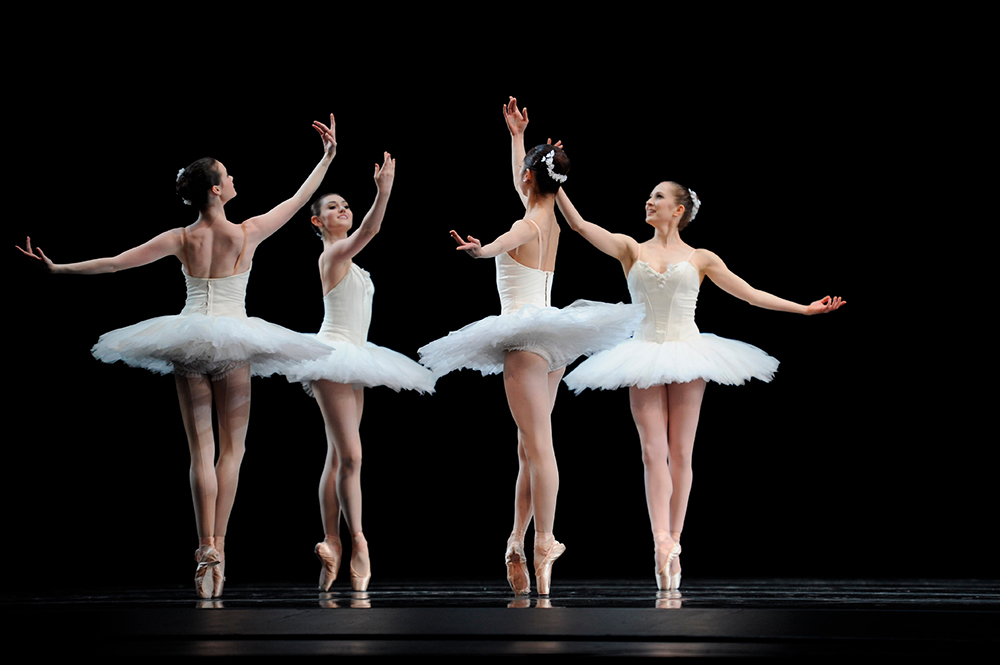Historical Perspective on Suite en Blanc
The National Ballet of Canada is committed to learnings around all our repertoire and collaborators. Whether it be cultural representation on stage or historical context we feel transparency is important for the continuation and growth of our artform.
Serge Lifar is a complex and important choreographer in the history of ballet and Suite en Blanc is a renowned work in the neo-classical canon. We acknowledge the complicated political context and differing opinions that surround Lifar and the creation of this work.
Professor and Dance Historian Mark Franko has written this note to provide some perspective. He has done extensive research on this subject and is the author of The Fascist Turn in the Dance of Serge Lifar: French Interwar Ballet and the German Occupation (Oxford University Press).
A Note on Suite en Blanc
by Mark Franko
March 19, 2024

Serge Lifar. Photo by George Platt Lynes.
Serge Lifar’s abstract neoclassical ballet Suite en Blanc was created in 1943 at the height of the German Occupation of France known as the Dark Years. Its premiere took place approximately one year after the infamous round up of French Jews known as Vel d’Hiv in 1942. Aided by the French police, men, women, and children were deported from their homes to a sports stadium, and from there to death camps. It is important for today’s audiences to be aware of this context as they watch the ballet and process their own feelings. Does the ballet contain inner warmth? Does it reflect suffering or anguish? Is it elegant, or frothy, like French champagne? What emotional values do its contrasts between shadow and light convey? Does any of this reflect the ballet’s exceptional circumstances?

Artists of San Francisco Ballet in Suite en Blanc. Photo by Erik Tomasson. Courtesy of San Francisco Ballet.
German ballet was expressionistic rather than neoclassical, and in 1942 Lifar also adapted the German ballet Joan de Zarissa to music by Werner Egk. His Don Juan ballet was a great success for the Nazis because it demonstrated the artistic collaboration of France and Germany under the Occupation. As such, it was the only French ballet to tour outside of France during the war. Lifar characterized the new German ballet in the collaborationist press as masculine and powerful. By contrast, he wrote of Suite en Blanc in gendered terms as French and feminine. These two ballets taken together constituted an image of the Occupation itself as a project of submission to a superior force and of cooperation as well as collaboration in the artistic and political senses.

Artists of San Francisco Ballet in Suite en Blanc. Photo by Erik Tomasson. Courtesy of San Francisco Ballet.
Today, when we see Suite en Blanc, we can witness a truly historical work and imagine how the Parisian public may have reacted to it. The ballet glorifies French academic ballet as submissive to German power but as also having an important role to play in the collaborative effort. We can enjoy Suite en Blanc today for its aesthetic qualities, but we would also do well to be aware of its sinister side. Suite en Blanc is a ballet that should be seen because it allows us to contemplate what an abstract fascist ballet might look like in our own time when fascism is again on the rise worldwide. It encourages us to consider ballet not as a timeless realm of fantasy and beauty but as a product of history.
Mark Franko is Laura H. Carnell Professor of Dance at Temple University in Philadelphia, dance editor of The Massachusetts Review, and author of The Fascist Turn in the Dance of Serge Lifar: French Interwar Ballet and the German Occupation (Oxford University Press).